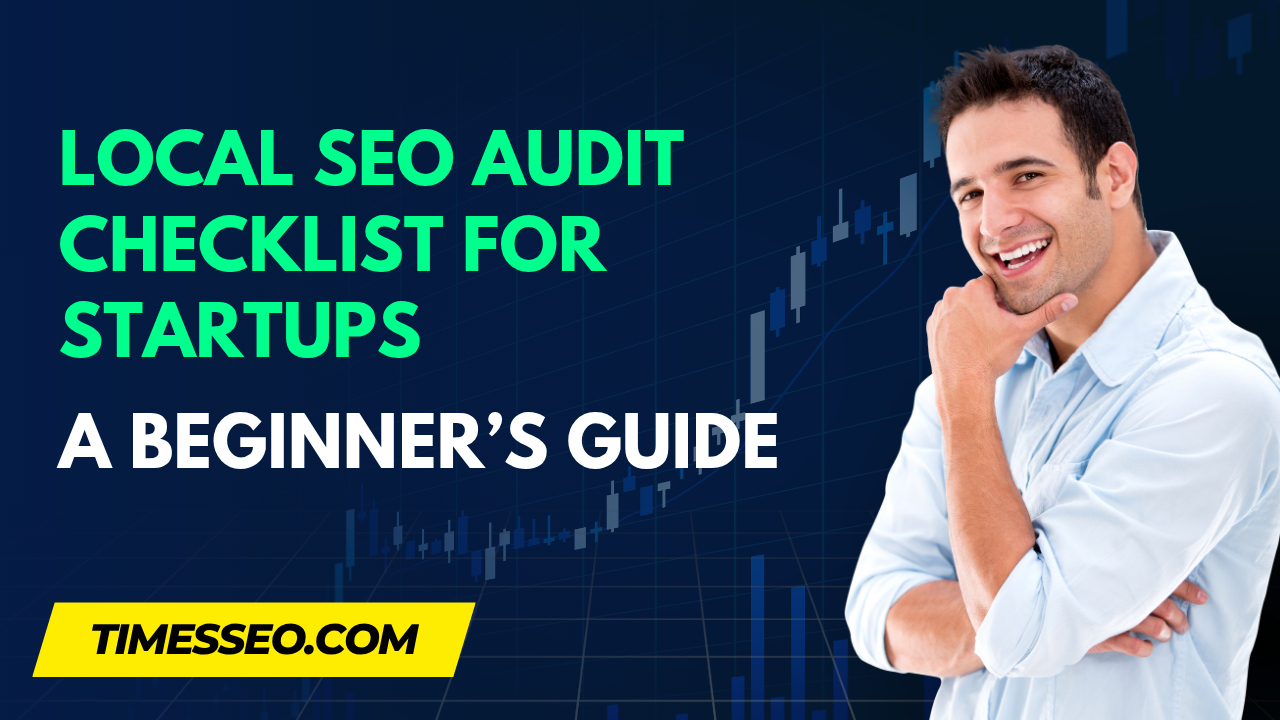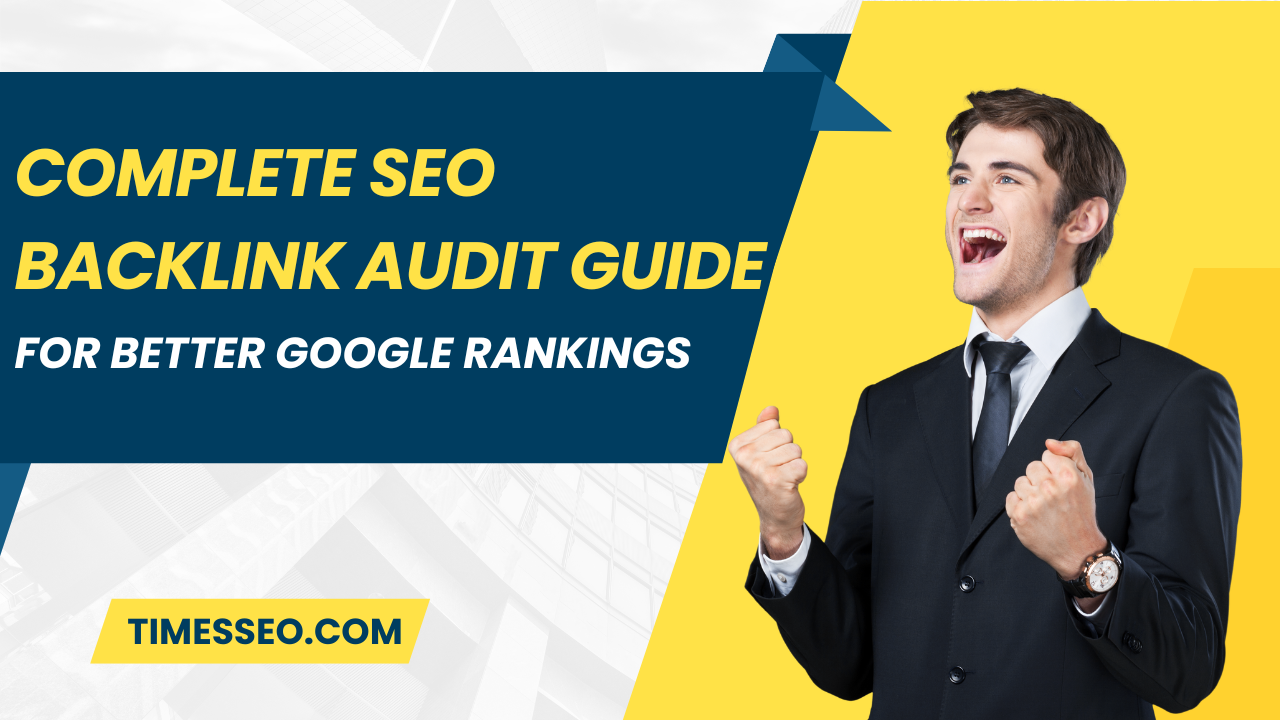
How to Build a Seasonal Keyword Strategy for eCommerce Stores
Learn how to create an effective seasonal keyword strategy to boost your eCommerce sales throughout the year. This guide covers everything from identifying seasonal trends to optimizing product pages and planning content around high-converting seasonal keywords. Perfect for online store owners looking to drive more targeted traffic during holidays, events, and seasonal shifts.
Table of Contents
Introduction
What is a Seasonal Keyword Strategy?
Think of your keyword strategy like a store’s calendar. Some words shine only during specific times—like “Christmas gifts for kids” in December or “raincoats for monsoon” in July. A seasonal keyword strategy focuses on optimizing your online store to attract traffic around these peak times. It’s like putting up decorations in your digital storefront for every occasion.
Why Seasonal SEO Matters for eCommerce?
Because people shop differently throughout the year. Whether it’s Valentine’s Day or Back-to-School season, buyers are actively searching with seasonal intent. If you show up when they’re looking, you’re more likely to convert them into customers. Plus, these searches often come with high purchase intent—meaning more sales for you.
Understanding Seasonal Trends
Types of Seasonal Trends
Seasonal trends fall into a few buckets:
- Holiday-based: Christmas, Diwali, Black Friday, etc.
- Weather-based: Summer clothes, winter gear, rain boots.
- Event-based: Back to school, wedding season, sports seasons.
Each type triggers a surge in specific keywords, and if you’re not ready, you miss out.
Identifying Trends with Google Trends
One of the easiest tools to spot seasonality is Google Trends. Just plug in terms like “Halloween costume” or “summer dresses,” and you’ll see their popularity rise and fall across the year.
Using Past Sales Data for Keyword Ideas
Look at your own sales records. What products spiked in certain months last year? Check those product names or related search queries—they’re likely seasonal keywords in disguise.
Researching Seasonal Keywords
Tools to Use
Here are a few keyword tools made for the job:
- Google Trends – See when interest peaks.
- Examine the volume and competition of seasonal searches using SEMrush or Ahrefs.
- Ubersuggest – Great for discovering long-tail variations.
Long-Tail vs Short-Tail Seasonal Keywords
- Short-tail: “Valentine gifts” – High volume, high competition.
- Long-tail: “Valentine’s Day presents for boyfriends who live far away” More intent, less competition.
Long-tail keywords are your golden ticket for better targeting and easier ranking.
Analyzing Competitor Keywords for Seasonal Products
See what your competitors are ranking for during seasonal spikes. Use Ahrefs or SpyFu to reverse engineer their success—and do it better.
Mapping Keywords to Sales Calendar
Creating a Seasonal Keyword Calendar
Use a Google Sheet or Trello board. Mark down major seasonal events, then assign relevant keywords to each one. Include prep dates so you don’t miss the rush.
When to Start Optimizing for Seasonal Traffic
Start 6–8 weeks before the season hits. Google takes a while to crawl and index your changes. For major holidays like Black Friday, start planning in August or earlier.
Aligning Keyword Strategy with Inventory Planning
If you plan to push “winter jackets,” make sure they’re in stock when your content goes live. SEO without supply is a recipe for frustration.
Optimizing Product Pages
Keyword Placement (Titles, Descriptions, Meta Tags)
Insert seasonal keywords in:
- Product titles
- Meta descriptions
- H1 tags
- Alt text for images
- Product FAQs or bullet points
Creating Seasonal Landing Pages
Build dedicated landing pages for seasonal campaigns like “Top Christmas Gifts for Men 2025.” These pages drive traffic and can be reused next year with updates.
Updating Old Seasonal Pages for SEO Boost
Don’t start from scratch each year. Revise your previous seasonal pages with fresh images, keywords, and content. Google loves fresh content with history.
Content Marketing for Seasonal Keywords
Blogging Around Seasonal Topics
Write blogs like “How to Decorate Your Home for Diwali” or “5 Must-Have Summer Travel Accessories.” These help users find your products organically.
Creating Gift Guides, How-To Posts, and Trend Alerts
People love curated gift lists and how-tos. Create content that naturally promotes your seasonal products without being too pushy.
Leveraging Social Media for Seasonal Promotions
Promote your seasonal blog content or products on Instagram, Facebook, and Pinterest. Use hashtags relevant to the season and keywords in captions.
Running Paid Campaigns with Seasonal Keywords
Aligning PPC with Organic Seasonal Strategy
Your Google Ads campaigns should mirror your SEO strategy. If “Christmas pajamas for kids” is your organic target, run PPC for it too.
Setting Up Seasonal Ad Groups
Make ad groupings according to particular times of year or occasions. Tailor your ad copy and landing pages to match each group’s intent.
Monitoring ROI and Adjusting Bids
During peak season, CPCs rise. Monitor performance and be ready to increase bids on top performers to maintain visibility.
Measuring Seasonal SEO Success
Metrics to Track
Track:
- Organic traffic spikes
- Product page rankings
- Conversion rates
- Bounce rates
Tools for Seasonal SEO Analytics
Use:
- Google Search Console – for keyword performance
- Google Analytics – for tracking traffic & conversions
- SEMrush – for keyword movement
Learning from Post-Season Performance
After the season ends, do a recap. What worked? What flopped? Save your insights and improve the process for the next season.
Avoiding Common Mistakes
Starting Too Late
SEO takes time. If you begin when the season starts, you’re already behind. Plan ahead.
Not Reusing Evergreen Seasonal Content
Recycle and update. A “Best Summer Shoes 2024” post can easily become a “2025” version with minor edits.
Overstuffing Keywords or Poor Relevance
Focus on user experience. Don’t jam keywords into every corner of your page. Keep it natural, helpful, and relevant.
Conclusion
Seasonal keyword strategy is like preparing for a festival—you decorate, promote, stock up, and invite guests at just the right time. By understanding trends, researching strategically, optimizing content, and measuring results, your eCommerce store can ride the seasonal waves of traffic straight into more conversions and sales. Start early, plan smart, and think ahead—it’s the best gift you can give your business every season.
Frequently Asked Questions
At least 6–8 weeks before the event. Bigger events like Black Friday need 3+ months of prep.
Nope! They apply to weather changes, school seasons, fashion trends, sports events, and more.
Yes! Combine seasonal keywords with location tags (e.g., “Valentine’s Day flowers in Mumbai”) for local SEO power.
No, keep them. Just update the content for the next cycle. This builds authority and saves effort.
Google Trends is a great free tool for spotting keyword seasonality and planning content accordingly.
Table of Contents
Popular Posts
-
 Affordable Technical SEO Audit for Small Business: A Complete Guide26 Jun 2025 Blog
Affordable Technical SEO Audit for Small Business: A Complete Guide26 Jun 2025 Blog -
 How to Get an Affordable Technical SEO Audit for Small Business27 Jun 2025 Blog
How to Get an Affordable Technical SEO Audit for Small Business27 Jun 2025 Blog -
 The Ultimate Local SEO Audit Checklist for Startups28 Jun 2025 Blog
The Ultimate Local SEO Audit Checklist for Startups28 Jun 2025 Blog -
 Local SEO Audit Checklist for Startups: A Beginner’s Guide28 Jun 2025 Blog
Local SEO Audit Checklist for Startups: A Beginner’s Guide28 Jun 2025 Blog -
 Top On-Page SEO Audit Steps for Service Websites Every Business Should Know29 Jun 2025 Blog
Top On-Page SEO Audit Steps for Service Websites Every Business Should Know29 Jun 2025 Blog -
 Technical SEO for WordPress: The Ultimate Beginner’s Guide01 Jul 2025 Blog
Technical SEO for WordPress: The Ultimate Beginner’s Guide01 Jul 2025 Blog -
 The Impact of On-Page SEO Audit Steps for Service Websites on UX01 Jul 2025 Blog
The Impact of On-Page SEO Audit Steps for Service Websites on UX01 Jul 2025 Blog -
 Technical Mobile SEO Audit Tips for Developers02 Jul 2025 Blog
Technical Mobile SEO Audit Tips for Developers02 Jul 2025 Blog -
 Complete SEO Backlink Audit Guide for Better Google Rankings03 Jul 2025 Blog
Complete SEO Backlink Audit Guide for Better Google Rankings03 Jul 2025 Blog -
 Boost Your Rankings with Technical SEO for WordPress01 Jul 2025 Blog
Boost Your Rankings with Technical SEO for WordPress01 Jul 2025 Blog






